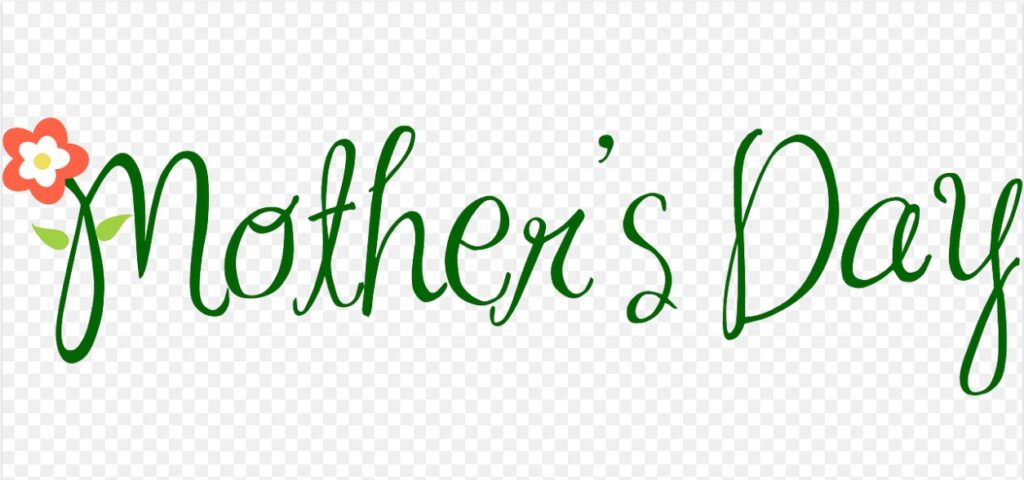Read:
Answer the questions:
- Who are the everyday heroes in our lives? Why?
- How can a company create an emotional connection with its brand? Think of an example.
- What are customizable products?
- Why doesn’t it matter how many followers your influencers have?
- Why should your discount be higher than 10%?
Glossary
- to juggle – to try to fit two or more jobs, activities etc into your life, especially with difficulty
- resilience – an ability to recover from or adjust easily to misfortune or change
- heartfelt – deeply or sincerely felt
- curated – carefully gathered, sifted, chosen, and organized; provided with expert oversight
- to leverage – use (something) to maximum advantage
- to bundle – to fasten a number of things together;
- bundle (noun) – a combination of products, services, or pieces of equipment that are supplied together or sold as a group
Practice makes perfect
Fill in the gaps in the extract of the article: The Incredible Importance of Mom with the prepositions below:
into x2 on of x2 for with to x3 over
Six or seven decades ago, many psychologists would have claimed that any affection that we experience towards our parental figures is a purely behaviorist response. After many instances 1. …… conditioning a sense of “positive affect” after receiving life-sustaining food from mothers, children associate that positive emotion with these caregivers, an association that serves as the sole explanation 2. …… why people “love” their mothers.
But that’s not what Harry Harlow thought. Harlow, a psychologist working at the University of Wisconsin – Madison during the 1960s, believed that there was something more important underlying our affection for Mom and Dad than our primal need to eat and survive. He believed that there was an additional factor: Comfort.
What Harlow did to test this hypothesis was arguably ingenious, though inarguably cruel.1 Harlow deprived monkeys 3. ….. food, making them desperately hungry, and then stuck them 4. …… a cage where they had a choice of two “mother figures” 5. ….. run towards. On the left was a wire mother – cold and uncomfortable, yet equipped 6. ….. a bottle that would feed the baby with life-sustaining nutrients. On the right was a cloth mother – warm, soft, and comfortable, yet unable to provide the infant with any food. If the only reason why we “love” our mothers (and fathers) is based 7. ….. a conditioned response 8. …. our need for food, then the infant monkeys should run to the wire mothers who can feed them every time.
Yet that’s not what happened. Not even close.
Time after time, even when desperately hungry, the monkeys would run 9. …. to the wire mother just long enough to fill up on milk, and then dash 10. ….. the cloth mother as quickly as possible to spend the next 17-18 hours snuggling 11. ….. her warm, comforting body. The infants would sometimes come close to starvation before they would voluntarily leave their cloth mothers to refill their bellies.
The monkeys showed us that when push comes to shove, we don’t love our mothers just because they feed us.
We love them because they cuddle us.
In order to read the whole article/check your answers, go to: https://blogs.scientificamerican.com/psysociety/mothers-day-2013
Key: 1. of; 2. for; 3. of; 4. into; 5. to; 6. with; 7. on; 8. to; 9. over; 10. to; 11. into
Discuss:
- Can you describe your mother in one word? Why that word?
- Is your mother more like a mother or a best friend?
- Are you happy with the way you were raised?
- What’s the best piece of advice your mother has ever given you?
- Are you a mother? What do you consder the greatest challenge of motherhood?
Explore more to create your own teaching-learning experience!
For women in pursuit of motherhood and a career
Watch:
(2737)





